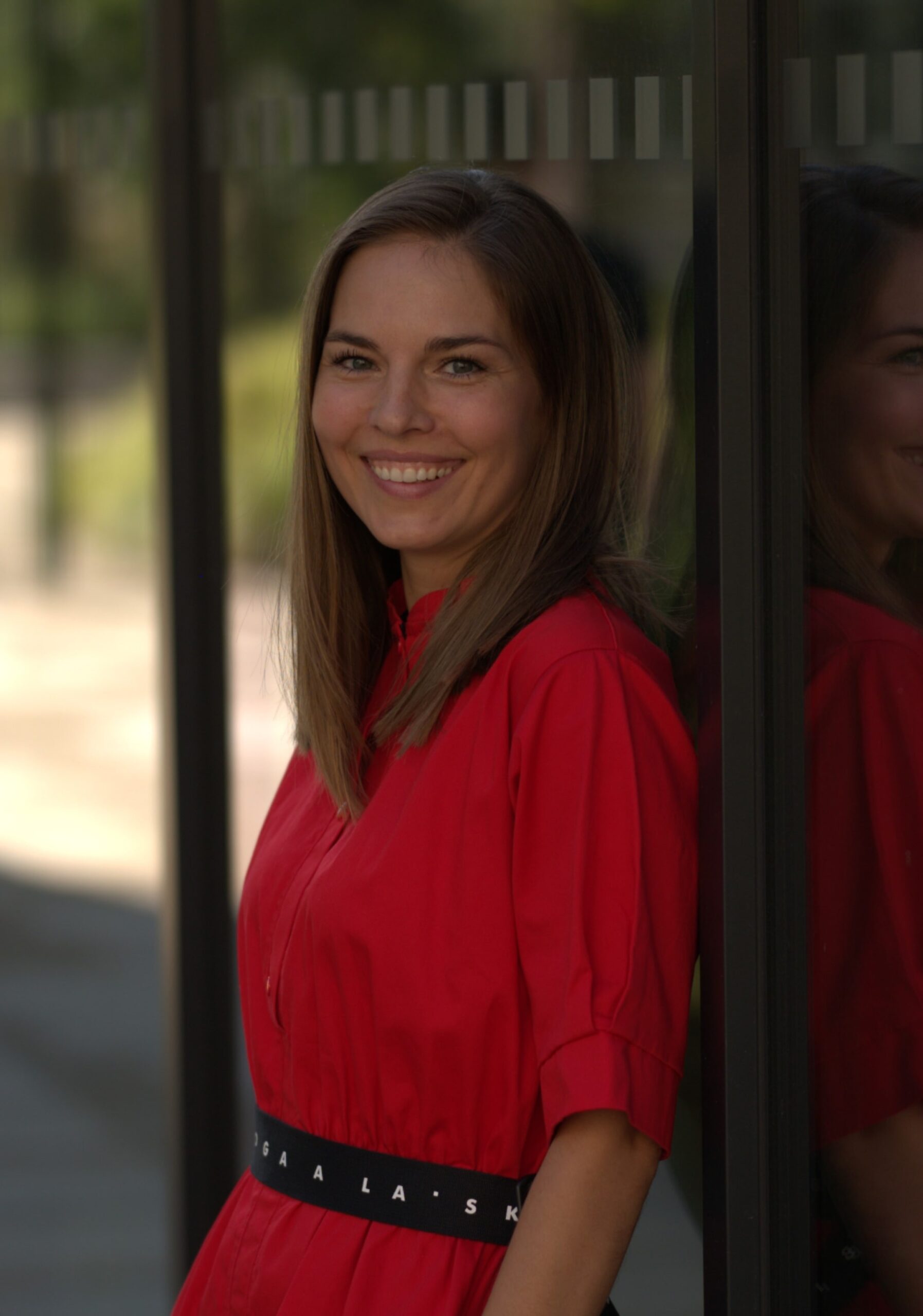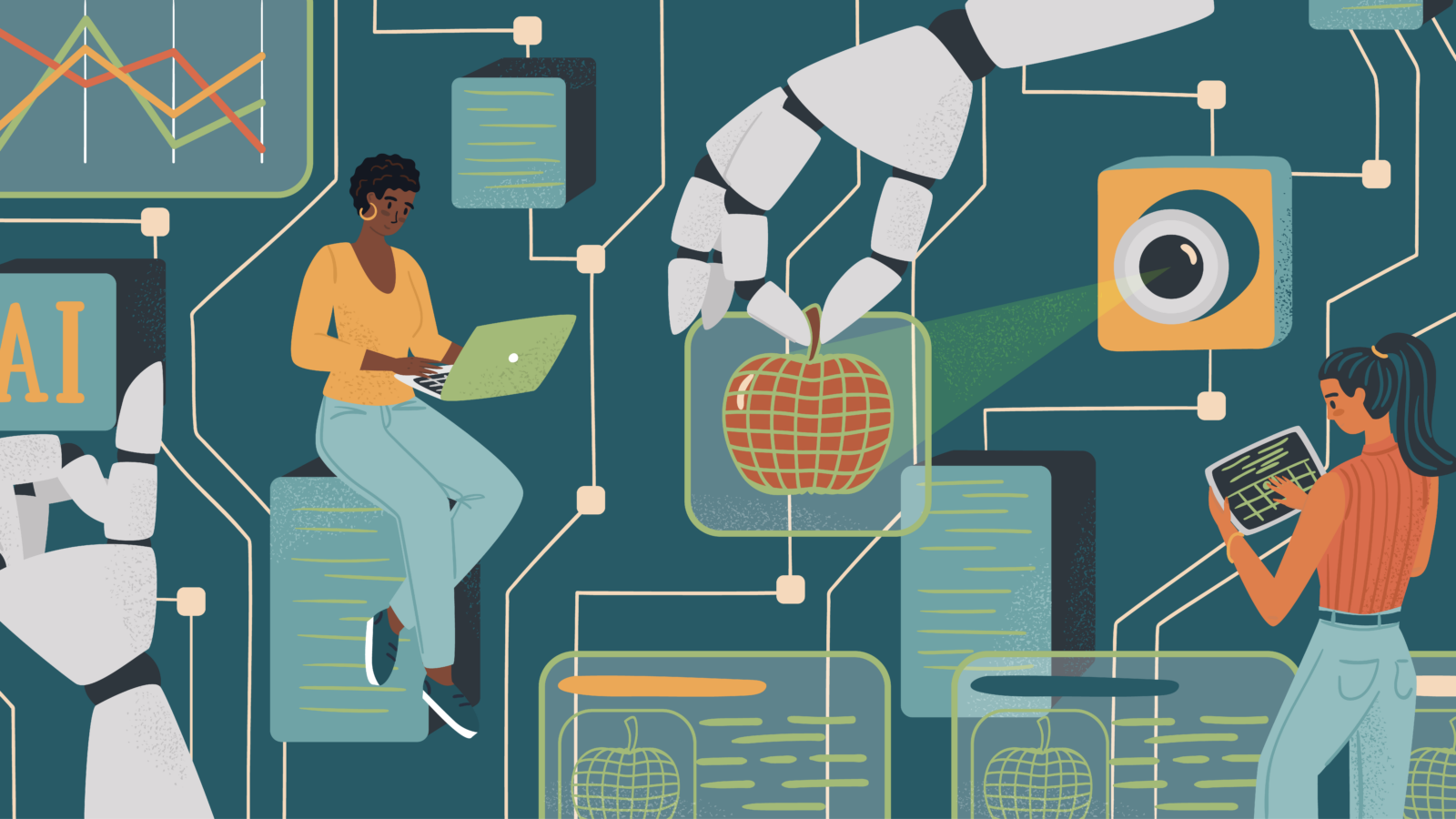Women remain underrepresented across the tech world, but in engineering, the numbers drop even lower. According to recent data from both EngineeringUK and the U.S. Census Bureau, women hold only about 15% of engineering positions. That means in many rooms where products are imagined, bridges designed, or systems secured, women are still the exception.
But why? After all, women in engineering are nothing new. During the First World War, as men left for the front, women stepped into industrial and engineering roles out of necessity — and many discovered not only a talent for the work, but a deep passion for it. They didn’t just stay. They thrived.
From Beatrice Shilling, who kept British fighter planes safely in the air during World War II, and Mary Jackson, who helped send America into space, to Radia Perlman, the “Mother of the Internet,” and Fei-Fei Li, a Chinese-American computer scientist whose pioneering work in artificial intelligence helped shape the field as we know it — women have long proven that excellence in engineering knows no gender.
“Engineering is about solving complex problems with creativity, discipline, and vision and those qualities are not bound by gender,” said Stefan Krantz, SVP, Engineering. “When we bring together people with different life experiences and ways of thinking, we unlock stronger outcomes. Gender diversity isn’t just important for representation — it’s critical for innovation.”
In honor of this International Women in Engineering Day on June 23, we spoke with three women engineers at SentinelOne, each with a unique path and each helping shape a more inclusive future for the field. Their stories reflect both the challenges women still face in engineering and the momentum building toward lasting change.
Wonder Comes First
 “I come from India. My father is a physics professor and my mother is a psychologist, so I was always encouraged to learn and explore,” said Tanmayi D, Senior Software Engineer, whose work spans front-end, back-end, and DevOps at SentinelOne.
“I come from India. My father is a physics professor and my mother is a psychologist, so I was always encouraged to learn and explore,” said Tanmayi D, Senior Software Engineer, whose work spans front-end, back-end, and DevOps at SentinelOne.
“I’ve always loved puzzles and problem-solving,” she said. “As I grew older, computers and coding naturally pulled me in. Every problem in engineering feels unique, even when the tools are the same. That challenge keeps me motivated every day.”
 For Lucie Kovářová, Staff Product Manager, based in Brno, Czech Republic, who currently works on SentinelOne’s Core platform, the entry into tech wasn’t planned at all.
For Lucie Kovářová, Staff Product Manager, based in Brno, Czech Republic, who currently works on SentinelOne’s Core platform, the entry into tech wasn’t planned at all.
“It was a complete coincidence,” she said. “I studied economics. But while working at a small bank, I helped lead the development of a new digital system from scratch. That experience really opened my eyes. I love creativity and tackling challenges that don’t have obvious answers, so my next step became clear.”
Navigating Barriers, Shaping Change
 Blessy Joy, Director of Business Intelligence & Analytics, leads our Corporate Analytics team in Mountain View, where she is responsible for delivering core business metrics and strategic insights that drive informed decision-making across the company.
Blessy Joy, Director of Business Intelligence & Analytics, leads our Corporate Analytics team in Mountain View, where she is responsible for delivering core business metrics and strategic insights that drive informed decision-making across the company.
“I don’t believe there’s a one-size-fits-all advantage or disadvantage to being a woman in engineering,” said Blessy. “Every role comes with challenges, but I’ve found growth in navigating them.”
Lucie believes that across the tech and engineering industries, outdated assumptions about women’s capabilities still persist.
“Women bring unique skills, creative ideas, and different perspectives,” said Lucie. “The more we show what we can do, the more we help shift the narrative for the next generation.”
A lack of women mentors and role models can limit both confidence and career momentum. Tanmayi noted that underrepresentation isn’t just visible — it’s something many women feel day to day.
“I’ve been lucky to work in places that truly value diverse talent,” she said. “But across the industry, many women still face challenges — from underrepresentation in leadership to unconscious bias in team dynamics or performance reviews. And there’s often this unspoken pressure to keep proving your technical skills in ways that aren’t always expected of others.”
The Right Support Makes All the Difference
Support systems matter. All three women credited their growth to managers, mentors, and peers who recognized their contributions.
“I’ve been fortunate to have colleagues and leaders who supported me during moments of doubt,” said Blessy. “That’s given me room to grow, and made me intentional about creating that kind of space for others too. I know not everyone has had that opportunity, and I don’t take it for granted.”
For Tanmayi, the difference lies in being part of a culture where support isn’t just encouraged — it’s embedded in how people lead, collaborate, and grow.
“There’s a real commitment to creating opportunities for women to grow,” she said. “I’ve never faced any doubts at SentinelOne. On the contrary, I’ve had the chance to take on meaningful work, to learn, and to expand my skills. And there are inspiring women in leadership here I look up to.”
Blessy reinforced the importance of genuine inclusion, describing the culture as “inclusive in an authentic way.”
“The support I’ve received here isn’t just tied to being a woman,” she said. “It’s grounded in the work I do, in being trusted to lead and to contribute meaningfully. There’s trust, transparency, and a real sense of belonging.”
A Future Worth Building
All three women believe the field is changing — slowly, but with genuine momentum.
“More women are getting into tech, and they’re getting real support,” Lucie said. “It can still feel intimidating, especially when representation is low. But with the tools we have today, and how easy AI has made learning, it’s honestly never been easier to enter the field. You don’t need to have studied computer science or started coding at 15. Tech is a space you can grow into like I did.”
Blessy sees evolution in how talent is identified and elevated. The shift, she noted, is not just about opportunity — but about how opportunity is defined.
“There’s a growing awareness that ability exists everywhere,” she said. “But fairness only works when everyone has a real chance to show what they can do. It’s encouraging to see that idea becoming more visible, and more actionable, in team culture.”
Tanmayi believes that technology itself is opening new doors. While gaps remain, she sees increasing accessibility as a catalyst for lasting change.
“Tech is certainly becoming more welcoming, not just for women, but for everyone,” she said. “With AI and self-learning platforms, I believe more women will be able to skill up and step into tech on their own terms.”
Being part of that shift, Tanmayi added, “is both a privilege and a responsibility.”
These women may still be outnumbered in the engineering field, but their presence, impact, and leadership are reshaping what’s possible for the next generation. They are not only claiming space — they are clearing paths. And the more we listen, support, and follow their lead, the more inclusive, innovative, and unstoppable our future becomes.
